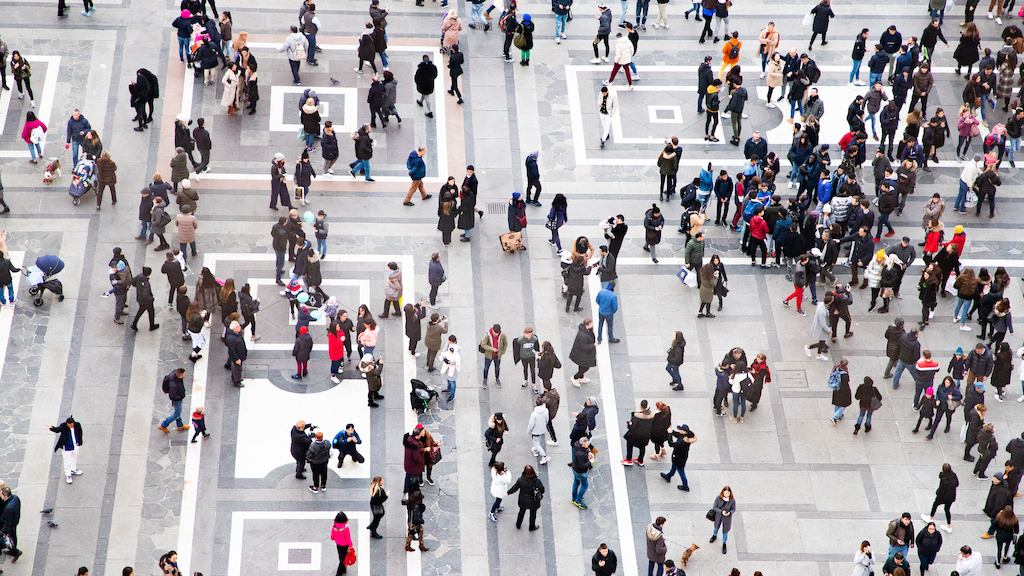As the economic cost of lockdown becomes clearer, it is perhaps inevitable that the debates over who must cough up to pay for it are entering full flow. Once again, it seems, battle lines are being drawn along intergenerational lines: the young, so the story goes, have lost out economically so that the old can survive the virus. Not only is this a reductive and needlessly divisive way of framing the debate, it doesn’t tell us everything we need to know about who is at risk of hardship in the months ahead – or what measures we need to support those who have been hit the hardest while we get the economy up and running again.
At the centre of the current row are renewed calls to scrap the triple lock on pensions. Part of this is a short-term issue resulting from the expected rise in wages in the next year as lockdown lifts, following the sharp fall this year – which would see pensioners receiving an 18% increase. This statistical anomaly could – and may well – be remedied with a one-year suspension in the triple lock. But this must not lead to abolishing the guarantee of an adequate pension by the back door with no alternative measures in place.
This pandemic has already hit the poorest hardest. The Resolution Foundation have previously highlighted the disproportionate impact of health risks and job losses on the low-paid, and their new report shows that poorer families are more likely to be saving less or increasing debt as a result of coronavirus than wealthier families. The pensions triple lock, while not a perfect tool, plays a vital role in providing an adequate basic income to those who rely on the state pension for their main, or only, source of income. For those people, this is already a very limited amount: the UK has one of the least generous state pensions in the OECD. And a 2018 report found that scrapping the triple lock could see the number of pensioners in poverty rise by 700,000 by 2050.


